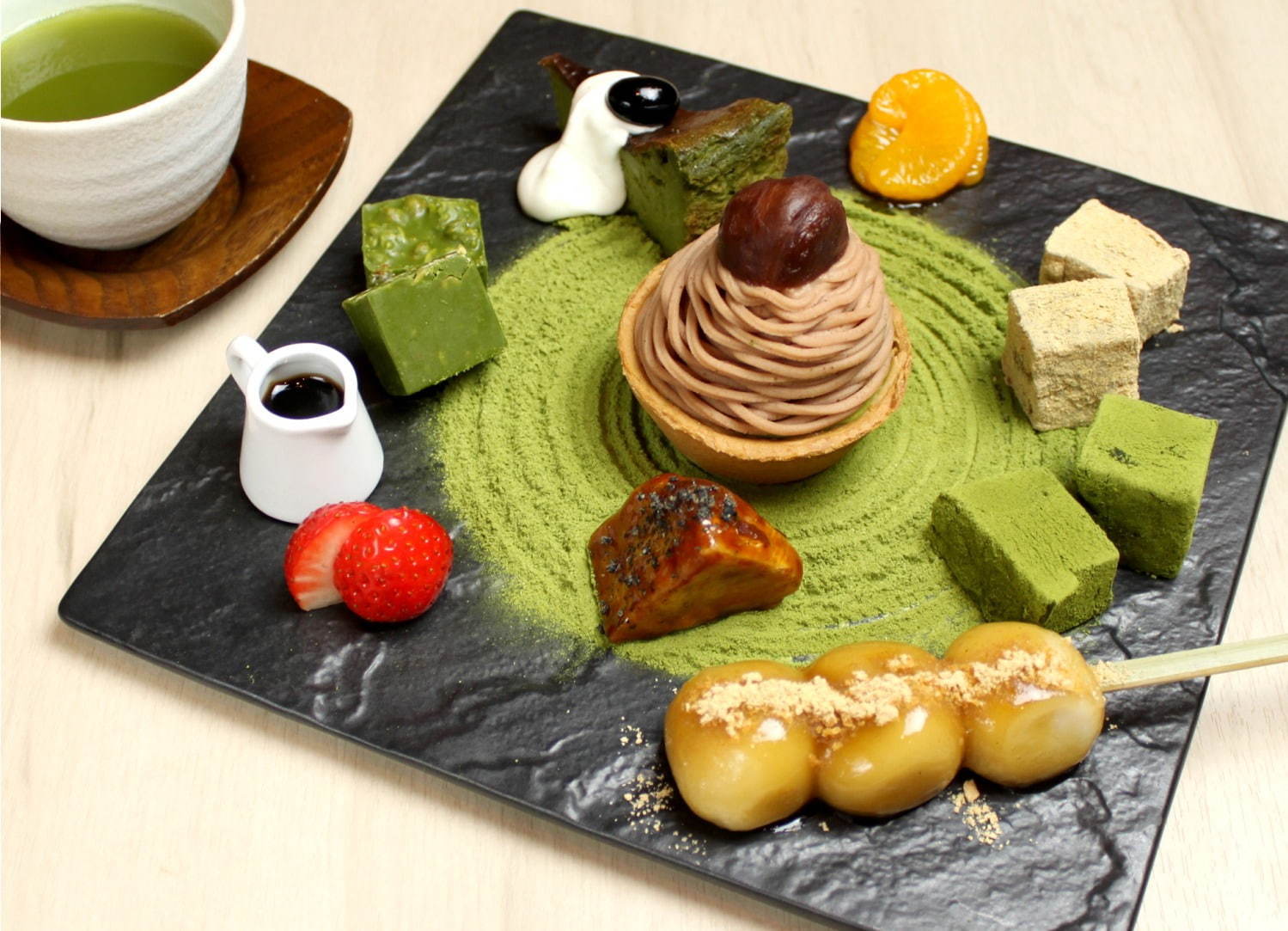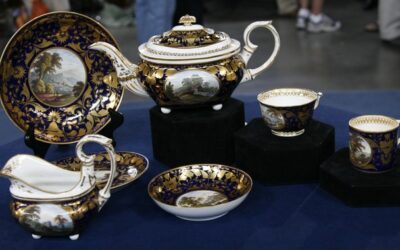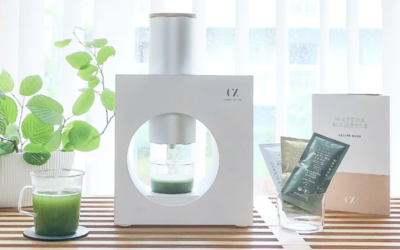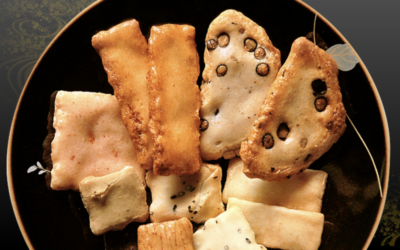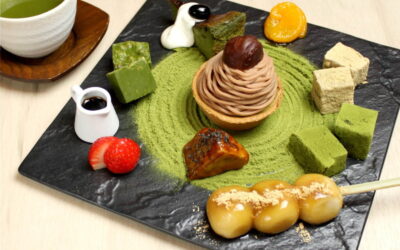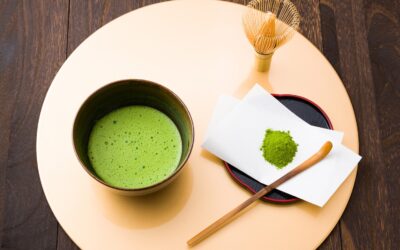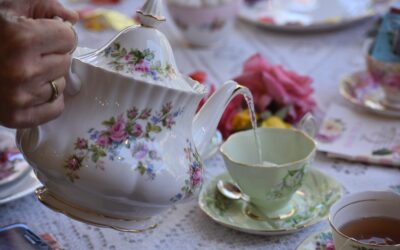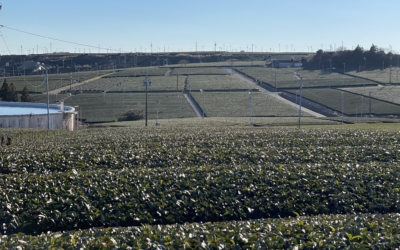Matcha is now known worldwide, being sold in coffee shops, supermarkets specializing in organic products, and even across the ocean in Western countries. In particular, matcha is attracting attention as a “superfood” that supports beauty and health due to its high nutritional value.
How did Matcha start its history? How has the tea ceremony, a traditional Japanese culture that continues to this day, been kept? And how has it developed to become a part of people’s daily lives, not only in Japan but also around the world?
Matcha Modernization
Variety Management
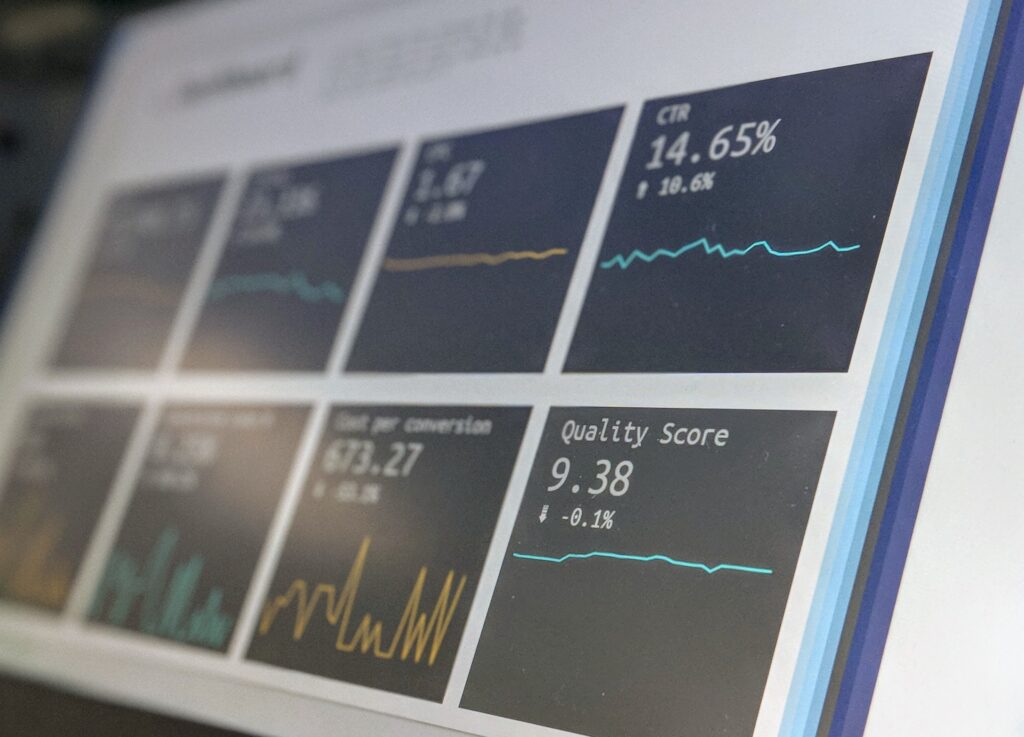
In the latter half of the twentieth century, matcha was given a “modern” perspective, and the concept of “variety” was introduced into matcha production around 1955. In the case of hybrids, the tea leaves sprout at different times and the size of the leaves varies. By controlling the variety, the tea leaves can be sprouted at the same time and picked at the same time. In tea fairs, tea varieties that have been controlled have come to occupy the top positions.
One of the most popular varieties for matcha is Uji-cha, which is grown in the Uji region of Kyoto. “Asahi” is high-grade matcha with a mild taste. It was created by Jinnojo Hirano, a tea researcher in Uji. “Samidori” is an indigenous variety selected and bred by Masajiro Koyama, also of Uji, and is highly regarded for its lustrous leaves and excellent flavor. The “Yabukita” variety, which is grown all over Japan as a raw material for sencha, is also used for matcha.
The Boost of Matcha for Processing
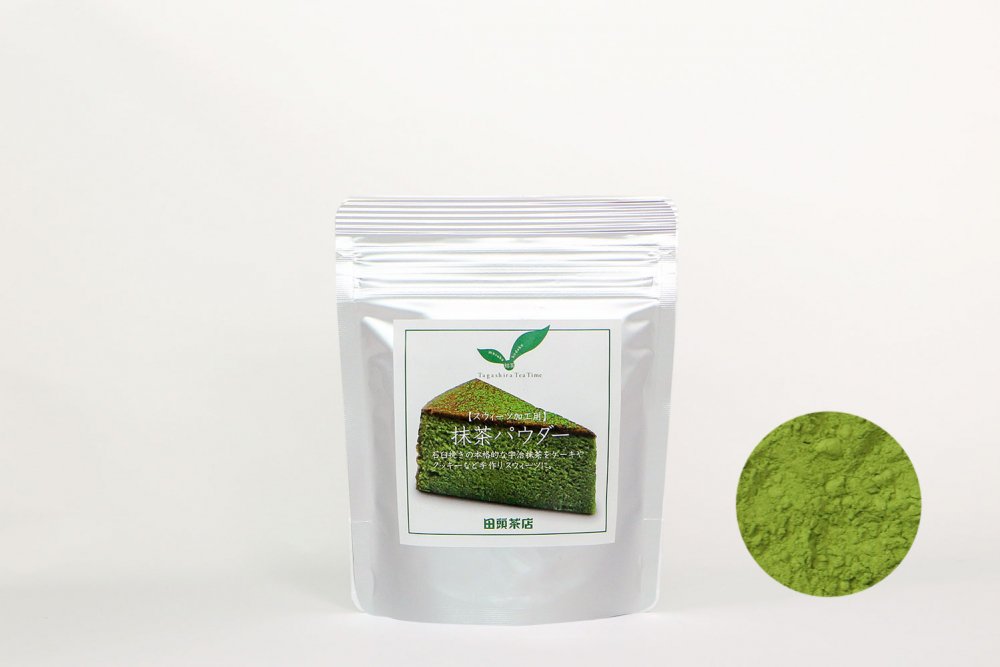
There is one more event that is essential to matcha today. This is the fact that matcha is now widely available for processing. Matcha powder is no longer used for drinking tea, but is used as a food, kneaded into Japanese and Western confectioneries and even noodles.
Probably the majority of people are more exposed to matcha in the form of green ice cream on the shelves of department stores and convenience stores, or green cold drinks on the menu of coffee shops, than they are to matcha in a Tea Ceremony.
According to the Ministry of Agriculture, Forestry and Fisheries, the annual production of Tencha, the raw material for Matcha, was about 4 million tons until the 1980s, but has now increased to between 30 and 45 million tons. This is because of the increased demand for matcha for processing, and it is expected that about 90% of the production is for processing.
The Impact of Nanotechnology on Matcha
Particle size is about 10 μm
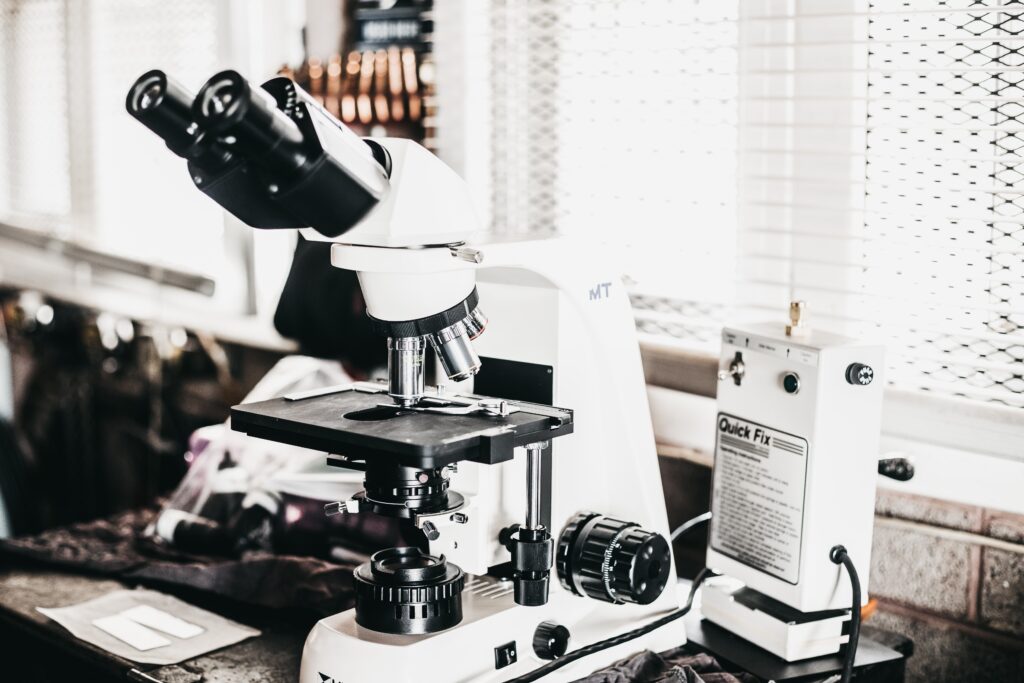
It is said that the human tongue perceives a powder to be “rough” when the particle size is over 30 um. On the other hand, the standard particle size of matcha today is about 10 um. In other words, the particle size of matcha is a little below the limit of what the human tongue can perceive as roughness, and this gives matcha a mellow sensation without any roughness.
The Value created by further miniaturization
However, by further reducing the particle size, a new value was created for matcha processed foods. The biggest impact is on the color.
The color of matcha is affected by the square of the particle size. For example, if you compare 10um matcha with 1um matcha, the size is 10 times larger, but the color will theoretically be 100 times different.
This color means how green and vivid the matcha is. For example, when adding matcha to ice cream, the smaller the particle size, the more vivid the color can be with a smaller amount of matcha.
The finer particles of matcha powder do not sink easily when dissolved in water. This is because if the particles in the water are smaller than a certain level, they will continue to drift in the water due to the Brownian motion of water molecules. In Japan, PET-bottled teas that take advantage of this phenomenon are gaining popularity.
Fine powder by Jet-Mill
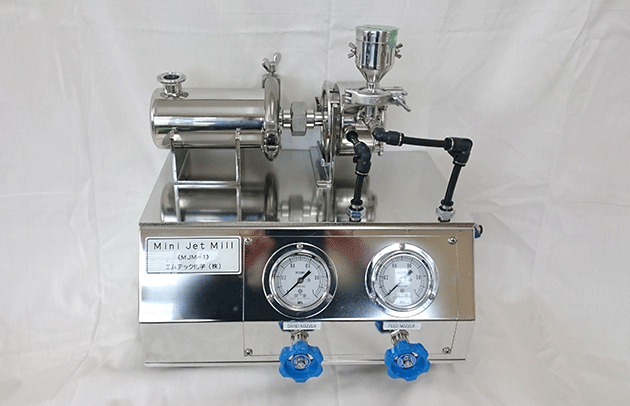
In recent years, jet mills have been used to grind not only matcha but also sencha into fine powder. When tea leaves are placed in a metal container and a jet of air is applied from the outside, the tea leaves inside the container move violently and collide with each other to form particles. The tea leaves inside the container move violently and collide with each other to form particles, which can be as small as a few um.
Another feature of this method is that the shape of the powder is made uniform by keeping the direction of rotation of the tea leaves dancing in the container constant.
In this way, the technology was established to process the particles uniformly and finely in a short time. This has made it possible to obtain matcha at a low cost.
So-called Superfood. And…
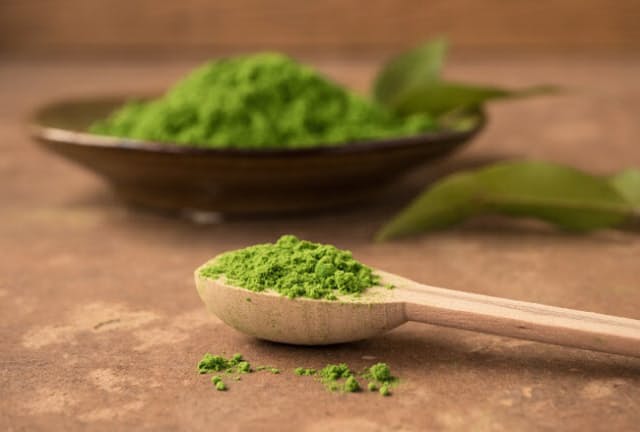
What’s Superfoods?
“Superfood” was first coined in the 1980s in the U.S. and Canada, when doctors and experts studying dietary therapy began to use the term “Superfood” to describe foods that contained a high concentration of active ingredients.
In the U.S., low-temperature cooking methods, such as raw living food, became popular around the year 2000, and since this cooking method was the best way to utilize the components of superfoods, that became popular among raw living food practitioners.
The popularization of superfoods can be largely attributed to the book ” SuperFoods Rx: Fourteen Foods That Will Change Your Life” (2004) by American physician Steven G. Pratt. The book defines superfoods as “foods that are rich in healthy nutrients and mostly low in calories,” and introduces foods that are high in antioxidants, prevent aging and lifestyle-related diseases, and reduce the risk of cancer. Some of these foods are familiar to us, such as broccoli and tomatoes.
Another book that is the bible of superfoods in the U.S. is “Superfoods“ (2009) by David Wolfe, the charismatic figure of raw living food. In this book, he focuses on so-called “health foods” such as spirulina, cacao, coconut, and wolfberries rather than common vegetables. The view is that “superfoods” are not only those with excellent nutrition, but also those that have an exceptionally high content of certain active ingredients, or those that can efficiently provide nutrition and health components in a very small amount.
Getting all the nutrients of Tea
Tea is originally known as a drink that is rich in nutrients. In addition, because matcha is powdered, it is possible to obtain a larger and more consistent amount of nutrients compared to sencha, where nutrients are extracted by boiling in hot water.
The nutritional components and benefits of matcha are listed as below:
– Theanine: antioxidant, anti-obesity
– Catechins: relaxing, anti-viral
– Caffeine: stimulation, fat burning
– Dietary fiber: constipation, weight loss
– Vitamin C: antioxidant, prevents colds
– Vitamin E: antioxidant, anti-aging
Flavour and High arranging ability
Theanine, an amino acid found in tea, plays a role in bringing out the refreshing flavor and sweetness as well as the benefits mentioned above. In the case of Matcha in particular, the amount is increased by shading the tea from sunlight during “Oika” cultivation, a process unique to Japan.
This theanine is what gives matcha its unique flavor. This flavor and the powdered form have created a new genre. It is especially good with milk and soy milk, and is sold all over the world in various foods such as matcha lattes of Starbucks, ice cream, and even chocolate.
In Japan, there are many sweets and confections available that contain matcha green tea in the cake or cookie dough. This applies to both Western and Japanese confectionaries. Matcha is also used in seasonings. A typical example is salt. This is called “Matcha-Salt,” and is used to “Tempura”, the sole food of Japan, and “Yakiniku” meat.
An issue because of Superfood
Considering these characteristics, there is nothing wrong with Matcha being called a superfood. However, in reality, most of the matcha that is distributed in the world is mass-produced and ground by machines. In some cases, it may be just a powdered tea that contains tea leaves other than matcha.
If you want,
– to drink really good matcha,
– to make delicious matcha sweets for your loved ones,
– to try matcha seasoning,
we hope you will use real Japanese matcha, ground by stone mortar.

